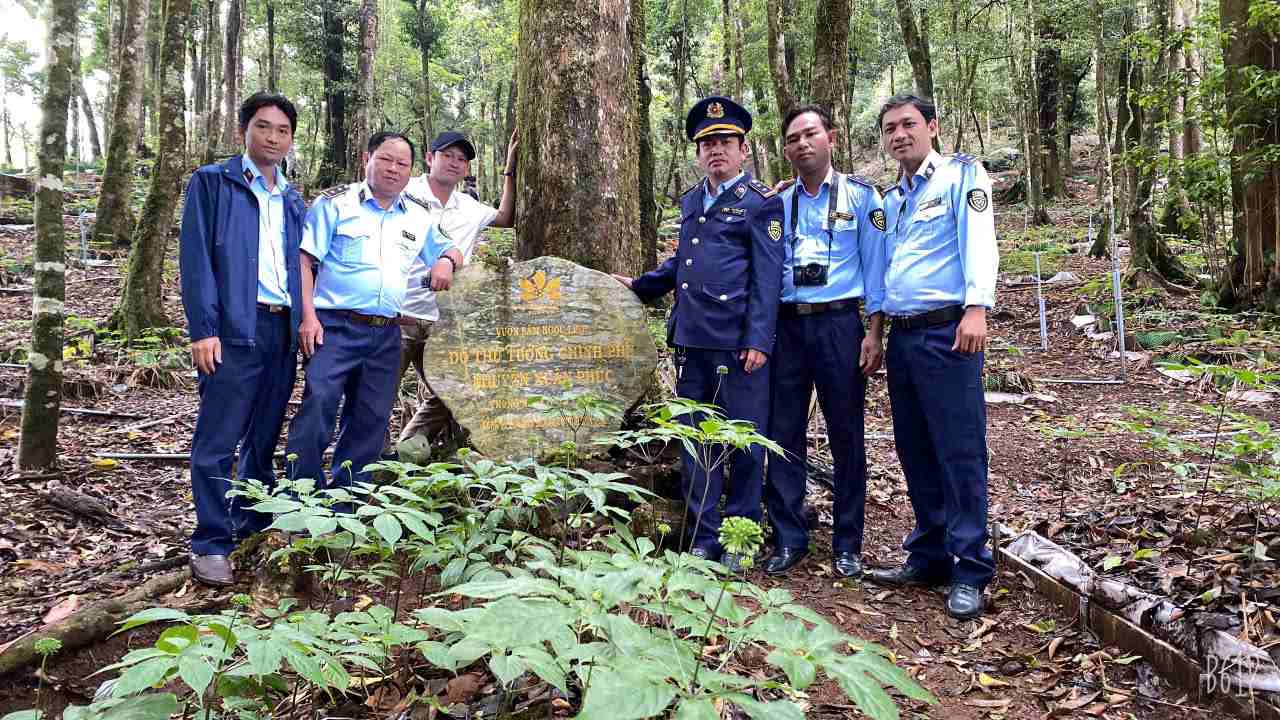Forest economy and eco-tourism lessons
The Department of Agriculture and Environment of Da Nang City has identified the conversion of thinking from "agricultural production" to "agricultural economy" as a guideline in the new development strategy of Da Nang city after the merger. Not only stopping at ensuring food security, the modern agricultural sector is moving towards a multi-value integrated model: clean agricultural products, experiential tourism and ecosystem protection.
Industry has proven the outstanding economic efficiency of nature conservation associated with tourism. The story of Bay Mau coconut forest (Cam Thanh, Hoi An) is a typical example. From a wild mangrove forest, protecting the forest not only protects dykes and responds to climate change, but also creates sustainable livelihoods for thousands of households through experiential tourism services. This is most clearly demonstrated by the COVID-19 epidemic, then the extreme storms and floods that have just occurred, when Cam Thanh and Hoi An were still peaceful and developed evenly. People have reduced their income due to natural disasters and epidemics, but still ensure stable life and income.

This lesson is being thoroughly applied by Da Nang in the planning orientation of ecological areas such as the flooded land reserve of Song Dam Lake or the downstream of Thu Bon River.
In the western mountainous region, the "economic situation under the forest canopy" strategy is being strongly realized. Instead of exploiting wood, the locality focuses on developing national forestry and medicinal resource areas. In particular, Ngoc Linh ginseng and Tra My cinnamon are identified as the main and key products. The formation of the Pharmaceutical Industrial Center not only increases economic value but also motivates people to protect forests. Projects for forest allocation, forest lease, and combined with planting large timber forests of native trees help people feel secure in production, stabilize their lives, and at the same time preserve biodiversity.

For coastal plains, high-tech agriculture is prioritized for investment. models of planting trees on sand and building concentrated livestock areas for disease safety are gradually replacing ineffective production areas. In addition, the development of OCOP products associated with rural eco-tourism is creating a new look for new rural areas in the period of 2026-2030.
Towards the trend of carbon credits and green commitments
In the context of complicated climate change, economic development must go hand in hand with environmental responsibility. Da Nang is urgently developing and implementing a carbon credit project - a new direction full of potential. Management, exploitation and economical use of forest resources not only helps balance the ecosystem but can also bring in large financial revenue from the commercialization of carbon credits in the international market.
The city is also developing an action plan to implement Vietnam's commitments at the COP26 Conference. Projects on biodiversity conservation, fish resource protection, and combating illegal fishing (IUU) have been strictly implemented. In particular, the issue of waste source security is focused on with the classification of waste at source and the completion of modern domestic solid waste treatment plants such as in Khanh Son.


To realize the above goals, digital transformation plays a key role. The "Digital Government - Smart City" model is being deployed to bring direction and management activities to the data-based electronic environment. The application of information technology helps make land and resource management transparent, while supporting businesses and people to access markets and supply chains most effectively.
The combination of high-tech agriculture, forestry and medicinal herb economy and carbon credit commercialization is the "key" for Da Nang and surrounding areas to develop sustainably, safely adapting to natural challenges.












